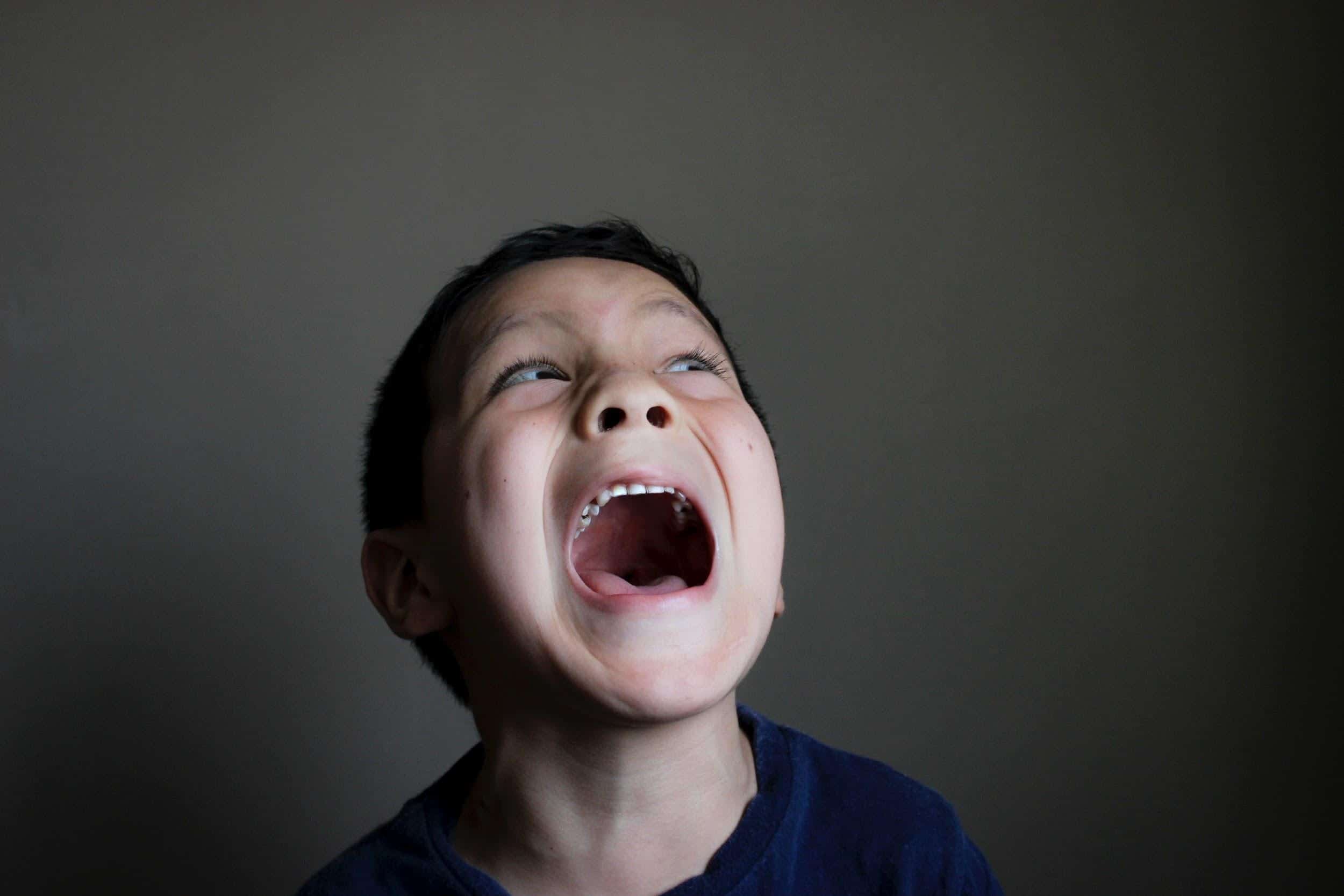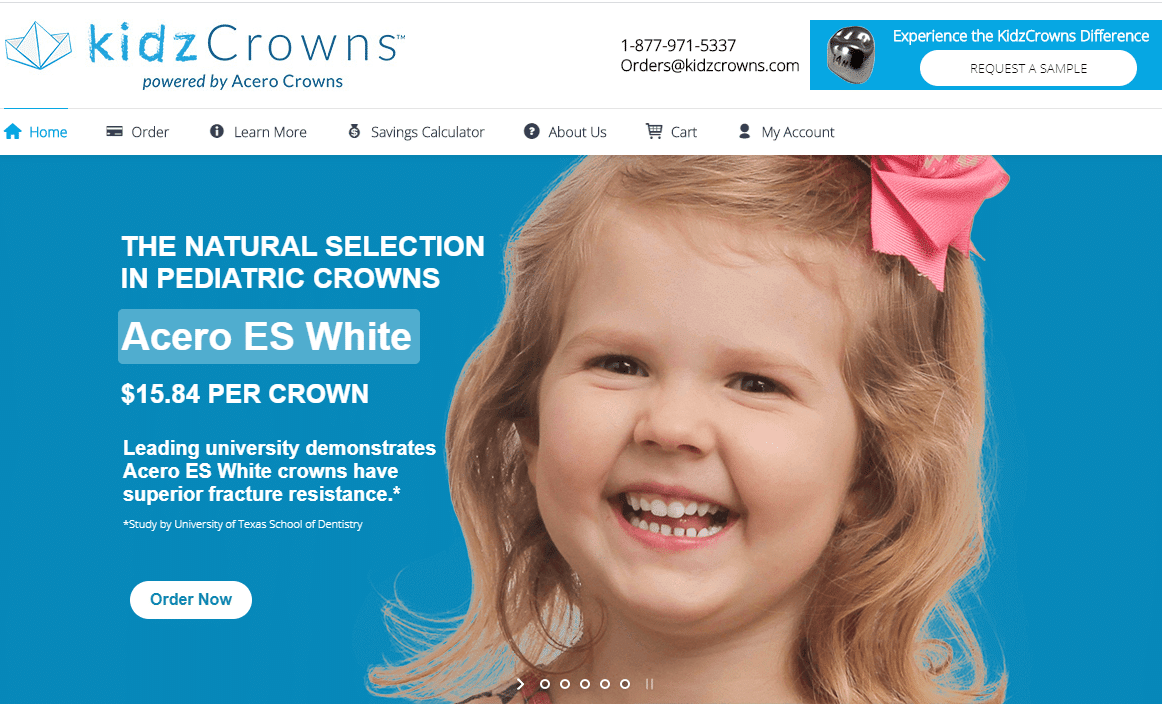
As caregivers, we prioritize a lot many things for the health and benefit of our child. Taking care of their proper nutrition and exercise is something we treat as being the most critical developmental necessity. In between many things, we sometimes tend to push their dental health aside, primarily because we think it is not essential, or it is too early to intervene.
However, children’s dental health statistics confirm a huge percentage of them having to miss school because of some dental issues. Dental care requires our attention as much as the overall health of the child. Let us dive into the subject and learn more about the most common dental problems that can cause a problem among our growing children.
Page Contents
1. Baby bottle decay
The continued exposure to the sugar often when a child carries a bottle with formula milk or anything sweet to bed, causes bacteria to thrive overnight, increasing their chances of dental decay. These kinds of caries are known as baby bottle decay or nursing caries. It usually springs up in the front teeth or incisors and sometimes affects the other teeth as well. Therefore, it is important to clean sugar particles from your baby’s teeth before their sleep time, especially if they have something to drink from a bottle. You can wipe their teeth with the help of a clean washcloth after every feed. Also, no baby pacifiers, bottle nipples, and spoon should come in contact with your mouth as it causes bacteria to transfer from adult saliva to young one. It is important to sterilize all the feeding instruments at regular intervals to avoid any such situations.
2. Thumbsucking
You may notice, thumbsucking as a common reflex that pacifies babies. Some children start sucking their thumb from an early age and retain this habit even after they grow up. Children suck thumbs as a means of security and unhooking them might not be easy. Moreover, constant thumbsucking beyond the age of six can cause problems with teeth alignment and overbite, which may require braces at a later stage. You can encourage your child to give up on thumbsucking through positive reinforcement and rewards.

3. Sensitive teeth
Children who feel a sharp sensation whenever they eat or drink something cold or hot is often due to sensitivity in teeth. Children’s teeth enamel is 50% thinner than adults, brushing hard and grinding them, can cause hairline cracks to occur on the dentin surface of their teeth. This can cause severe pain while eating and ultimately lead to poor eating habits among them. Seeking a doctor’s advice can be beneficial, as.he might suggest an appropriate toothpaste to repair the dentin.
4. Early tooth loss
If a child faces an early teeth loss due to injury or decay, it is important to consult your dentist, as the space in the mouth can cause teeth structure misalignment. Afterward, the new eruption might also find difficulty in spacing and lead to crooked teeth. The dentist can maintain the room for new teeth by a space maintainer. This space maintainer is temporary, as soon as the permanent tooth erupts, your dentist will remove it.
5. Tooth decay and caries
Children love their candies and are usually picky when it comes to food. The high sugar content in their sweet and carbohydrate-rich diet increases the acid level in the mouth, which causes tooth caries. Small caries turn into cavities in no time. However, the visible signs of any tooth decay, such as pain or discomfort, occur after a lot of internal damage has occurred. In such an instance, your dentist might suggest a stainless steel crown to protect against tooth damage. Tooth decay is one of the most common dental problems among children and requires everyday cleaning and care.
6. Gum problems
Children can also face gum problems such as swollen and bleeding gums. The plaque that builds up in the teeth if left untreated can harden and turn into tartar. The tartar deposit in the teeth can cause teeth to weaken and give mild gingivitis in the children. Sometimes a misplaced and irregular tooth can also cause gum problems to happen. Therefore, it is very important to maintain a proper hygiene routine to avoid plaque deposits altogether.
7. Overlapping teeth
Primary teeth start to shed by the age of 6-7 years and go up to 10-12 years. Sometimes, the primary teeth get retained in the mouth for longer durations and delay the eruption of secondary teeth. In some instances, the secondary teeth erupt overlapping the primary teeth one over the other. It leads to misalignment of the teeth and a higher chance of decay. A dentist can help you by removing the primary teeth of your child and let ample spacing for the permanent teeth. He may resort to braces to correct the misalignment at the later stage.
As the child grows up, his/her dental care must become a priority. Schedule a regular dental appointment for your little one is equally important. Encouraging your child to follow a routine plan is a great step to building healthy lifelong habits.
